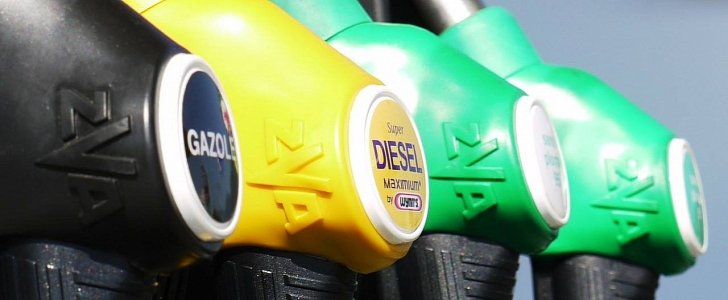The Trump administration is widely known for going against regulations from the Obama era. On this occasion, the president and his closest advisors decided to ease a fuel economy regulation from 2016, drawn up by the National Highway Traffic Safety Administration with the blessing of the Congress.
Simply put, federal agencies were ordered to adjust civil penalties to account for inflation, raising fines from $5.50 to $14 for every 0.1 miles per gallon in excess of the required standards. The Alliance of Automobile Manufacturers, whose members include domestic and foreign companies, said the compliance costs would skyrocket by $1 billion annually to keep president Obama happy.
Trump proposed in 2018 to freeze the fuel economy regulation, and at long last, the National Highway Traffic Safety Administration released a statement that it will follow the intent of Congress. Of the automakers who saluted this development, the most important players are Toyota, Fiat Chrysler, Volkswagen AG, and General Motors.
There’s no denying the previous administration failed to take into account the economic hurdle that would result from their decision, but on the other hand, remember that automakers lack the incentives to manufacture eco-friendly vehicles. The federal tax credit is one of them, but both General Motors and Tesla are nearing the threshold.
Fiat Chrysler is at the other end of the spectrum, paying tens of millions of dollars in 2018 for failing to meet the fuel economy standards for the 2016 model year. As you’d expect, the environmental groups are not happy with Trump because the fines have been increased once in more than four decades. More to the point, an increase from $5 to $5.50 in 1997.
Both the NHTSA and Environmental Protection Agency are re-working the Obama administration’s requirements through 2026, and with a bit of luck, a proposal will be made by the end of the year. If the Obama-era proposal were still in effect, the fleetwide average of 46.7 miles per gallon would’ve been enforced by 2026.
At the other end of the spectrum, did you know the Bugatti Chiron is EPA-rated 11 miles to the gallon on the combined driving cycle?
Trump proposed in 2018 to freeze the fuel economy regulation, and at long last, the National Highway Traffic Safety Administration released a statement that it will follow the intent of Congress. Of the automakers who saluted this development, the most important players are Toyota, Fiat Chrysler, Volkswagen AG, and General Motors.
There’s no denying the previous administration failed to take into account the economic hurdle that would result from their decision, but on the other hand, remember that automakers lack the incentives to manufacture eco-friendly vehicles. The federal tax credit is one of them, but both General Motors and Tesla are nearing the threshold.
Fiat Chrysler is at the other end of the spectrum, paying tens of millions of dollars in 2018 for failing to meet the fuel economy standards for the 2016 model year. As you’d expect, the environmental groups are not happy with Trump because the fines have been increased once in more than four decades. More to the point, an increase from $5 to $5.50 in 1997.
Both the NHTSA and Environmental Protection Agency are re-working the Obama administration’s requirements through 2026, and with a bit of luck, a proposal will be made by the end of the year. If the Obama-era proposal were still in effect, the fleetwide average of 46.7 miles per gallon would’ve been enforced by 2026.
At the other end of the spectrum, did you know the Bugatti Chiron is EPA-rated 11 miles to the gallon on the combined driving cycle?































